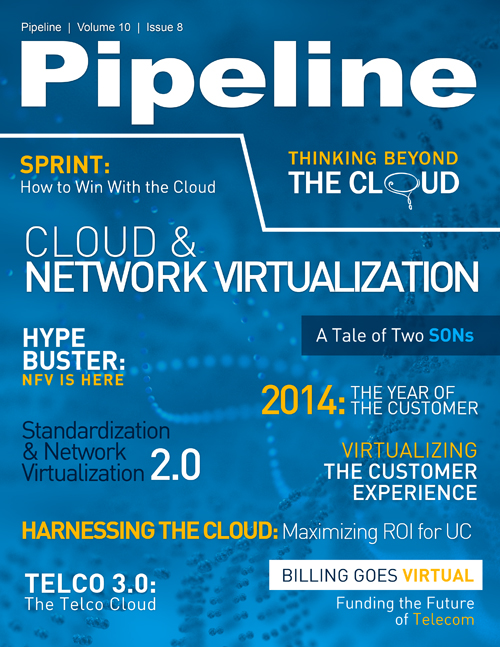SDN, NFV, OpenFlow: Standardization and Network Virutalization 2.0
By: Becky Bracken

The disruptive forces of software-defined networking (SDN) and the seemingly limitless potential of a virtualized network continue to be stymied by a fundamental lack of industry standardization. The goal, ultimately, is the opportunity to ditch the physical facility altogether. But the current reality of SDN, network functions virtualization (NFV) and virtualization is stuck in the appliance swap-out phase, or Virtualization 1.0. The time for standardization is now.
SDN is, itself, a subset of OpenFlow, the open-source standard upon which the concept was founded. But others are competing for supremacy. Network equipment manufacturers (NEMs) are trying to maintain a hold on their appliance market share with offerings like Cisco's Application Centric Infrastructure, a data center and cloud solution that integrates the management of the virtual and physical IT network. It provides a platform for running the network upon which new applications can be built, provisioned and rolled out quickly. Essentially, a proprietary verison of SDN.
Proprietary SDN standards
At the SDN & OpenFlow World Congress last October, Huawei demonstrated several of its own NFV and SDN SoftCOM solutions and announced its SoftCOM Business Initiatives Zoom-in (BIZ) program to develop strategic partnerships with major carriers.
"As a leader and a key contributor to the SDN standards body, Huawei will continue to work with major carriers around the world to explore commercial values of SoftCOM and drive technological innovations, promoting the development of IT-based networks and standardization of the IT system in order to build an open ecosystem," said Jeffery Gao, Chief Strategy and Marketing Officer of Huawei Western Europe Region. "SoftCOM solutions will help carriers explore new business fields and business models, securing a place for them at top of the value chain in the era of ICT [information and communications technology]" he added.
Large NEMs are faced with a reinvention of their own. As SDN and NFV liberate networks from clunky hardware, so does it liberate profits from gear giants like Ericsson, Huawei and Cisco.“[NEMs] don't want to lose their market share," Shahin Arefzadeh, COO Dimetis says. “They would like to see their version of virtualization take hold.”
NFV's maturity
Unlike SDN, NFV standards are emerging more quickly and clearly through the European Telecommunications Standards Institute's (ETSI) Industry Specification Group (ISG) for NFV that includes the operators including AT&T, BT, Deutsche Telekom, Orange, Telecom Italia, TelefĂłnica and Verizon. The group also includes 52 other network operators, equipment vendors, IT vendors and technology providers. NFV can work with, or compliment, SDN functions; but the two do not necessarily go hand in hand. With NFV, the goal is to replace rigid, dedicated use appliances with eminently more flexible and scalable software.
The market will ultimately choose which of the competing standards will dominate the landscape, but the Open Networking Foundation's Executive Director, Dan Pitt, makes a pretty convincing case for the inevitable success of OpenFlow, the original, and most fundamental, architecture upon which virtualized networking was built.
First, open standards running on Linux or Windows servers eliminates the dreaded fear of vendor lock-in. It's hard to imagine service providers, just freed from the constraints of the physical hardware, to enter into a similar arrangement with proprietary networking software. Open source also allows smaller, lighter, more innovative developers to focus on the business of creating new services rather than keeping the lights on.





















